Anthracnose on coffee trees appears in humid environments, causing dark brown spots on leaves, branches, and fruits, causing leaf loss and fruit rot. Let's learn how to prevent it in the article below.
Anthracnose disease is one of the most common and harmful diseases affecting coffee plants, particularly during the fruit development stage. Early detection and timely prevention can help minimize economic and productivity losses. Let’s explore how to identify and treat anthracnose disease with Sataka in this detailed guide.
Anthracnose disease is a significant challenge for coffee growers. It is primarily caused by the fungus Colletotrichum spp., which often attacks coffee leaves, branches, and fruits. If not promptly detected and treated, this disease can severely reduce coffee yield and quality.
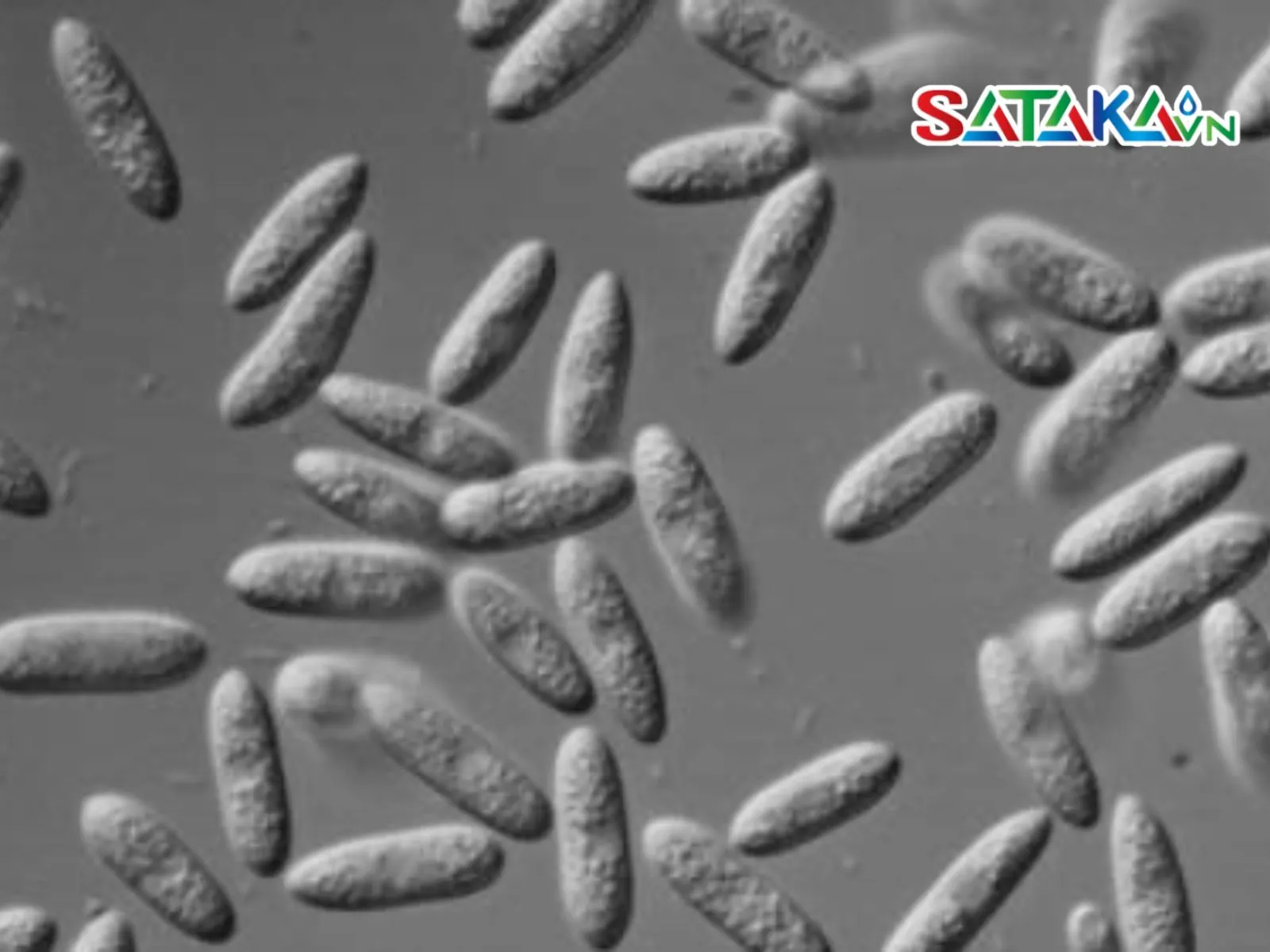
Mushrooms Colletotrichum spp
Early detection of anthracnose is key to effective management. The disease typically manifests through visible symptoms on leaves, branches, and fruits:
Leaves: The disease starts with round or oval brown spots surrounded by dark edges. In severe cases, these spots merge, causing the leaves to dry, fall prematurely, and reduce the plant’s photosynthetic capacity.
Branches: Infected branches exhibit black rot spots, leading to weakened plants that are prone to breakage. If left untreated, the disease can spread widely, making recovery impossible and reducing harvest yields.
Fruits: Infected fruits often develop black rot, crack easily, and lose commercial value. In severe cases, the fruits may fall prematurely, resulting in significant losses.
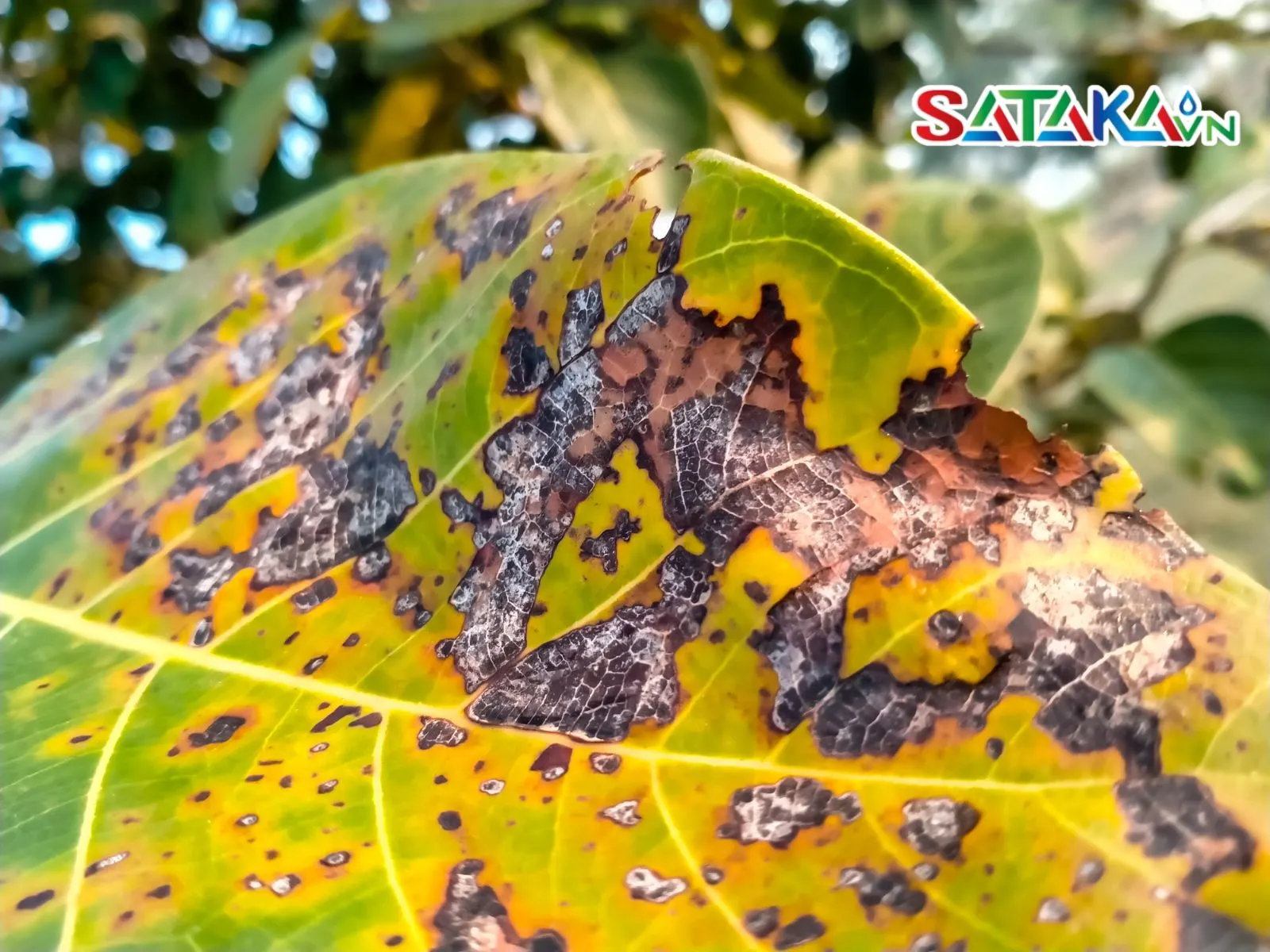
How to identify anthracnose on coffee plants
Anthracnose thrives in the tropical and humid climate of Vietnam, particularly during the rainy season. High humidity and warm temperatures create ideal conditions for Colletotrichum spp. to develop and spread.
The disease is more likely to occur in coffee plantations that:
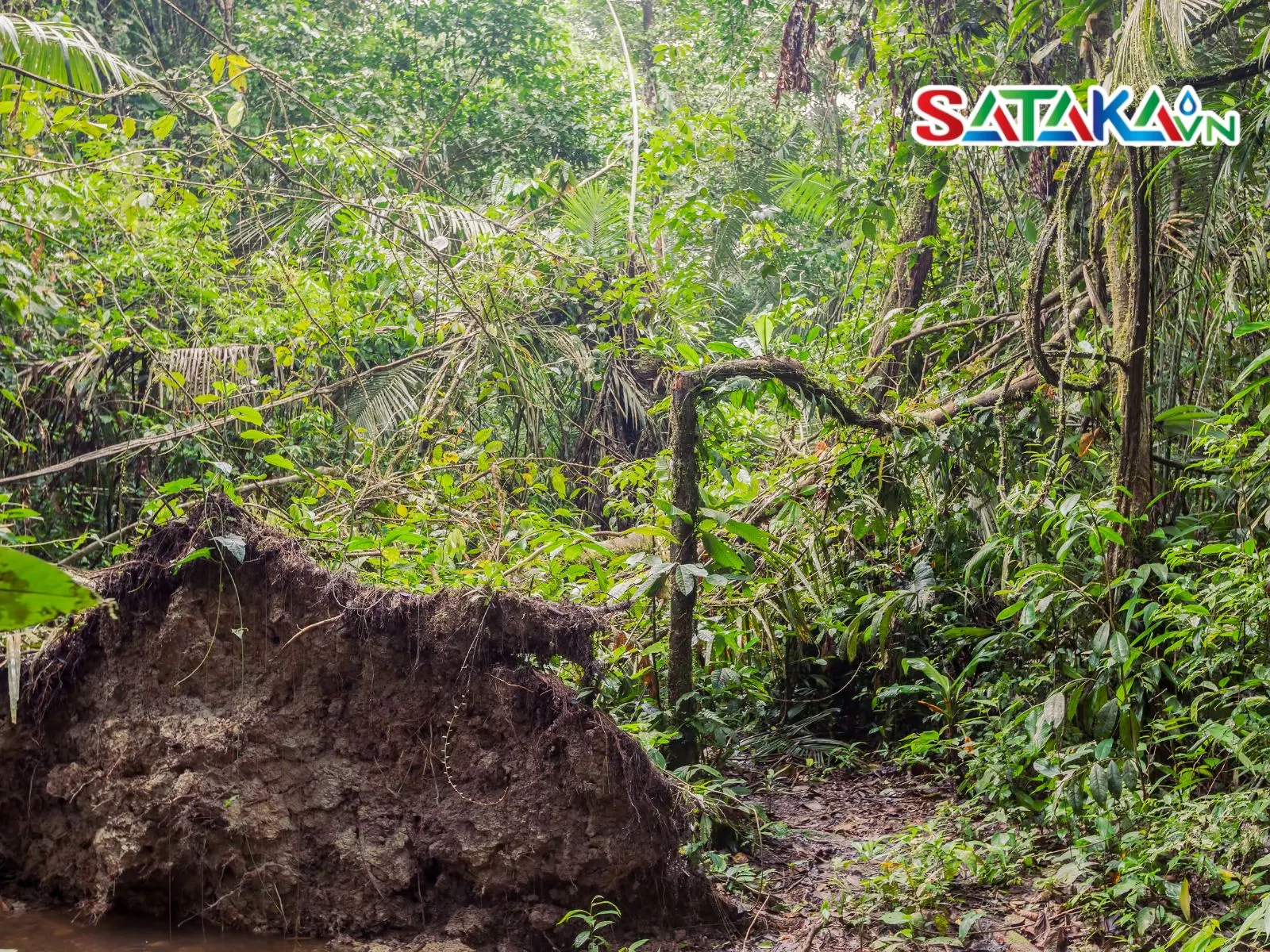
High humidity
Additionally, the fungus can quickly spread through wind, rain, or mechanical wounds on the plant, such as those caused by careless harvesting or pruning. This highlights the importance of consistent and regular preventative measures throughout the growing season.
If not controlled in time, anthracnose disease can cause severe consequences:
The economic losses from anthracnose affect not only individual growers but also the coffee industry in Vietnam as a whole.
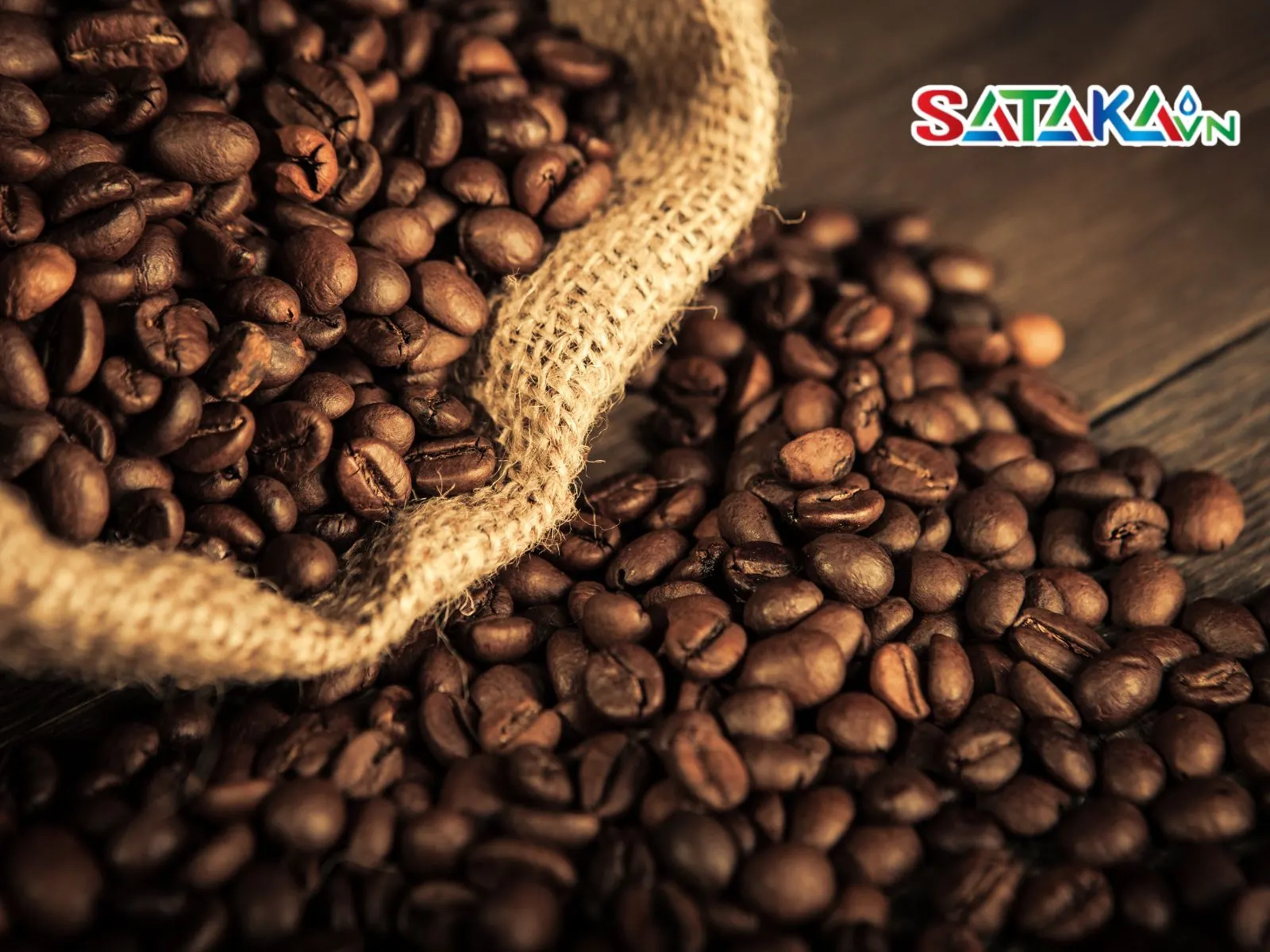
Reduced coffee fruit yield
Proper Plant Spacing: Maintain appropriate planting density to improve ventilation and reduce humidity among the tree canopy. A well-ventilated garden minimizes the development of fungal diseases.
Adequate Nutrition: Supply sufficient nutrients, especially potassium fertilizers, to strengthen plant health and increase disease resistance.
Pruning and Disposal: Regularly prune infected leaves and branches and dispose of them properly to prevent the spread of the fungus. Pruning also enhances ventilation, reducing the risk of disease.
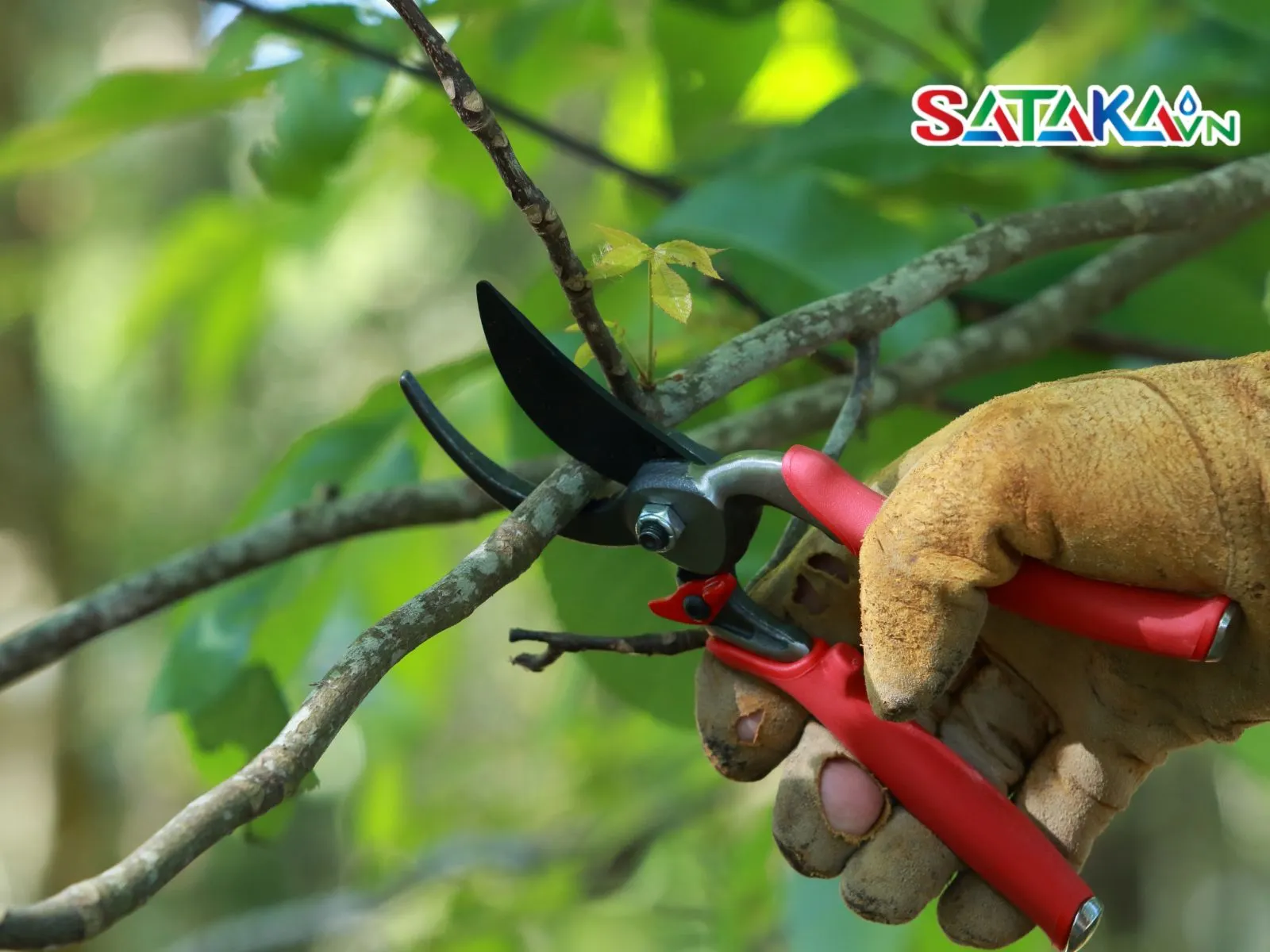
Prune infected branches and leaves
Timely treatment is essential when anthracnose symptoms are detected. Effective fungicides containing active ingredients such as Copper, Difenoconazole, Azoxystrobin, or Chlorothalonil have proven to control anthracnose effectively.
It is important to rotate fungicides to prevent the fungus from developing resistance to a single chemical.
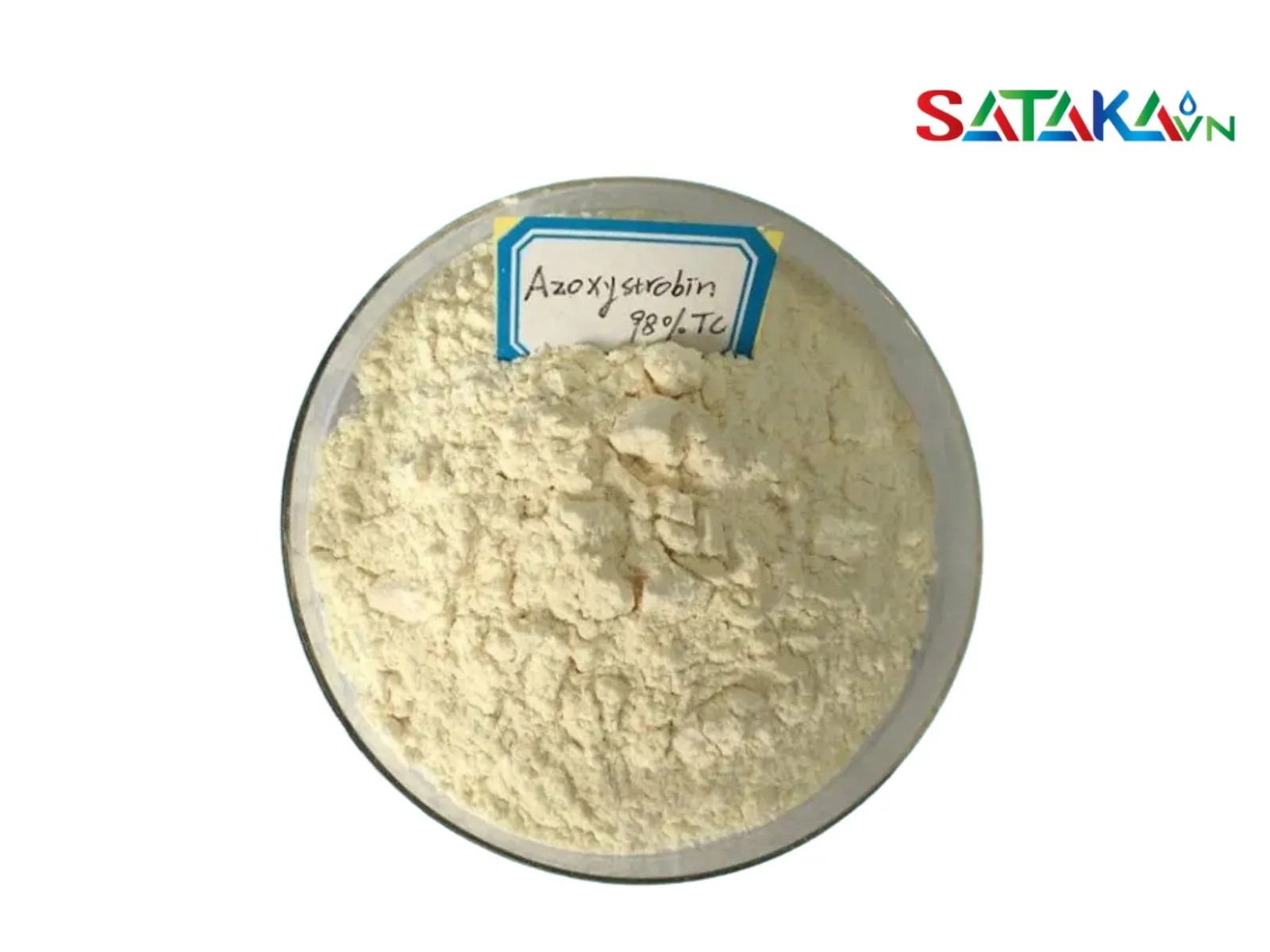
Active ingredient Azoxystrobin
In addition to chemical methods, many coffee growers are adopting biological and organic approaches to protect their crops. Using biological products containing beneficial microorganisms can inhibit the growth of harmful fungi without harming the environment.
Biological Products: These contain antagonistic fungi or bacteria that can destroy anthracnose-causing fungi. This eco-friendly prevention method poses no health risks and avoids environmental pollution.
Organic Fertilizers: Organic fertilizers provide slow-release nutrients, helping plants grow healthier and boosting their resistance to diseases.
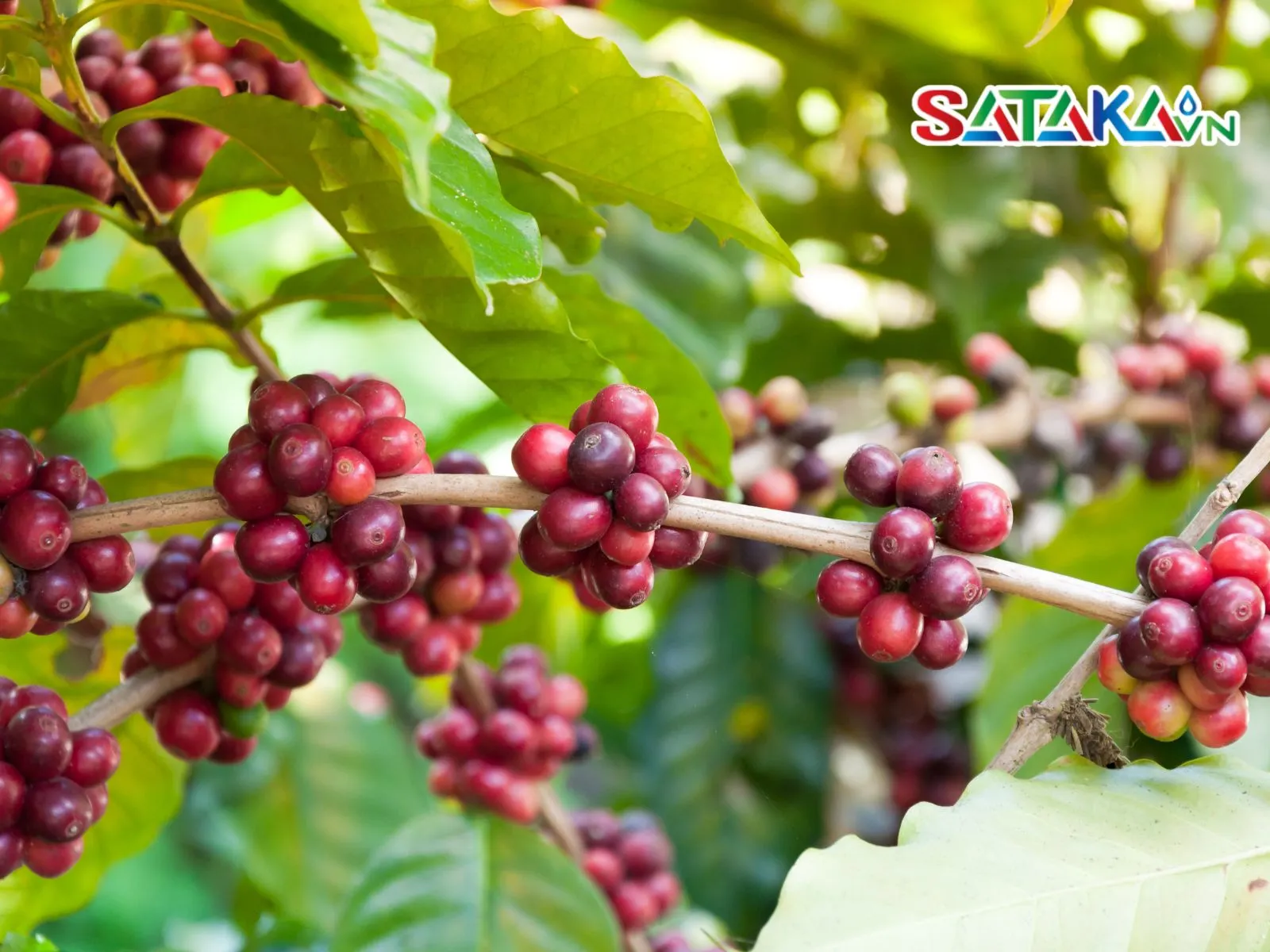
Organic fertilizer provides nutrients for plants
In this guide, Sataka has provided detailed instructions on identifying and preventing anthracnose disease on coffee plants. Protecting coffee plants from anthracnose not only enhances productivity but also improves product quality, bringing higher economic value to coffee growers.